CARBON
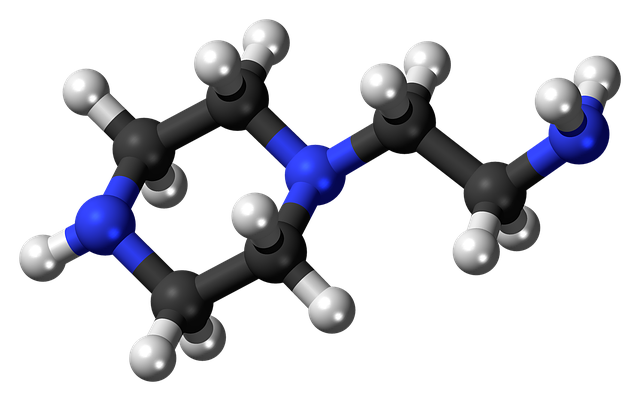
CARBON
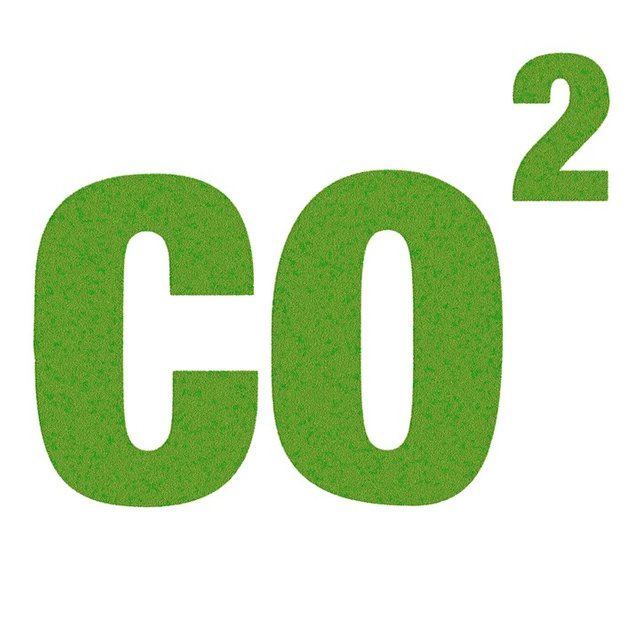
Carbon is the ‘C’ in CO2 (gotta love plant food. CO2 is the same thing to plants as air is to us. Without CO2 plant’s can’t breath. With more CO2 plants do a lot better. They produce more, they grow more, they make more food for us to eat. World hunger can be abated if the CO2 increases so that more food crops can grow. Those who want to reduce CO2 in the atmosphere, whether they know it or not, are advocating for starving children in Africa.
Not surprising really. Watermelons are pure evil. Look what they did with DDT. Malaria was almost eradicated until the watermelons (green on the outside, red on the inside) pressured the corrupt and stupid politicians to ban DDT. 20 million deaths later,(mostly children. Why do liberals hate children) and still counting...malaria has made a comeback.
But I digress.

Diamonds
are made of Carbon too...a girls best friend.
Unless it’s memory diamond
Charlie Stross said, and I quote.
Carbon occurs in a variety of isotopes, and the commonest stable ones are carbon-12 and carbon-13, occurring in roughly equal abundance. We can speculate that if molecular nanotechnology as described by, among others, Eric Drexler, is possible, we can build a device that will create a diamond, one layer at a time, atom by atom, by stacking individual atoms — and with enough discrimination to stack carbon-12 and carbon-13, we've got a tool for writing memory diamond. Memory diamond is quite simple: at any given position in the rigid carbon lattice, a carbon-12 followed by a carbon-13 means zero, and a carbon-13 followed by a carbon-12 means one. To rewrite a zero to a one, you swap the positions of the two atoms, and vice versa.
.
It's hard, it's very stable, and it's very dense. How much data does it store, in practical terms?
,
The capacity of memory diamond storage is of the order of Avogadro's number of bits per two molar weights. For diamond, that works out at 6.022 x 1023 bits per 25 grams. So going back to my earlier figure for the combined lifelog data streams of everyone in Germany — twenty five grams of memory diamond would store six years' worth of data.
.
Six hundred grams of this material would be enough to store lifelogs for everyone on the planet (at an average population of, say, eight billion people) for a year. Sixty kilograms can store a lifelog for the entire human species for a century.
.
In more familiar terms: by the best estimate I can track down, in 2003 we as a species recorded 2500 petabytes — 2.5 x 1018 bytes — of data. That's almost ten milligrams. The Google cluster, as of mid-2006, was estimated to have 4 petabytes of RAM. In memory diamond, you'd need a microscope to see it.
.
So, it's reasonable to conclude that we're not going to run out of storage any time soon.
Who’d a thunk carbon would be good for your memory?
CarboHydrates
in other words...FOOD
Quote:
"Carbohydrates are macronutrients, meaning they are one of the three main ways the body obtains energy, or calories," said Paige Smathers, a Utah-based registered dietitian. The American Diabetes Association notes that carbohydrates are the body's main source of energy. They are called carbohydrates because, at the chemical level, they contain carbon, hydrogen and oxygen
End Quote:
Actually eating carbohydrates is an excellent method of contracting TypeII diabetes. They put the pancreas into overdrive. Eventually it burns out AND...
CarboHydrates is Food that Food eats...
BUT...I digress again.
next we have
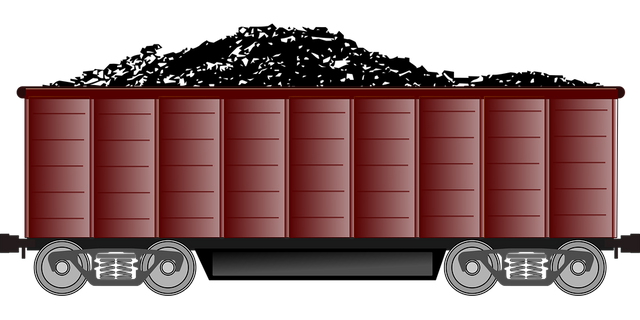
HYDROCARBONS
Quote:
Extracted hydrocarbons in a liquid form are referred to as petroleum (literally "rock oil") or mineral oil, whereas hydrocarbons in a gaseous form are referred to as natural gas. Petroleum and natural gas are found in the Earth's subsurface with the tools of petroleum geology and are a significant source of fuel and raw materials for the production of organic chemicals.
and further
Economically important hydrocarbons include fossil fuels such as coal, petroleum and natural gas, and its derivatives such as plastics, paraffin, waxes, solvents and oils.
End Quote
Obligatory picture of Cooling Towers and the steam from them ...no..that's NOT smoke. It's water vapor. Water vapor is a green house gas several hundred times more powerful than CO2.

Now it get’s interesting..
Graphene
Quote:
__Graphene is an allotrope of carbon in the form of a two-dimensional, atomic-scale, honey-comb lattice in which one atom forms each vertex. It is the basic structural element of other allotropes, including graphite,charcoal, carbon nanotubes and fullerenes. It can also be considered as an indefinitely large aromatic molecule, the ultimate case of the family of flat polycyclic aromatic hydrocarbons.
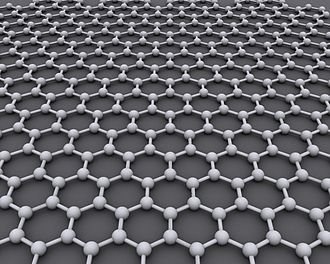
Graphene and its band structure and Dirac Cones, effect of a grid on doping
Graphene has many extraordinary properties. It is about 100 times stronger than the strongest steel. It conducts heat and electricity efficiently and is nearly transparent.[3] Graphene also shows a large and nonlinear diamagnetism,[4] even greater than graphite, and can be levitated by Nd-Fe-B magnets. Researchers have identified the bipolar transistor effect, ballistic transport of charges and large quantum oscillations in the material.
End Quote
So there you have it. I just touched on the high points. There is a GREAT deal more to know. Agronomy, Organic chemistry, Nutrition, Petroleum geology, Biology, Energy, and many, many more fields of endeavor are intensely interested in CARBON
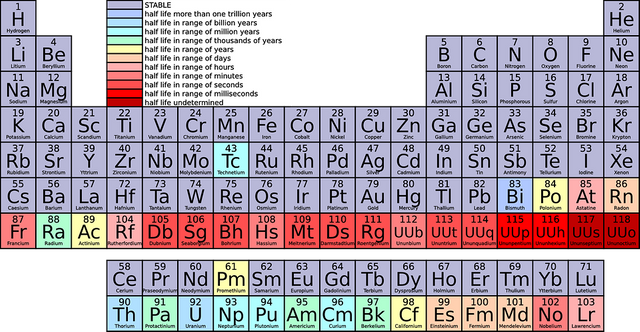
So...I love me some CARBON!
Quote:
Extracted hydrocarbons in a liquid form are referred to as petroleum (literally "rock oil") or mineral oil, whereas hydrocarbons in a gaseous form are referred to as natural gas. Petroleum and natural gas are found in the Earth's subsurface with the tools of petroleum geology and are a significant source of fuel and raw materials for the production of organic chemicals.
and further
Economically important hydrocarbons include fossil fuels such as coal, petroleum and natural gas, and its derivatives such as plastics, paraffin, waxes, solvents and oils.
End Quote
Obligatory picture of Cooling Towers and the steam from them ...no..that's NOT smoke. It's water vapor. Water vapor is a green house gas several hundred times more powerful than CO2.

Now it get’s interesting..
Graphene
Quote:
__Graphene is an allotrope of carbon in the form of a two-dimensional, atomic-scale, honey-comb lattice in which one atom forms each vertex. It is the basic structural element of other allotropes, including graphite,charcoal, carbon nanotubes and fullerenes. It can also be considered as an indefinitely large aromatic molecule, the ultimate case of the family of flat polycyclic aromatic hydrocarbons.

Graphene and its band structure and Dirac Cones, effect of a grid on doping
Graphene has many extraordinary properties. It is about 100 times stronger than the strongest steel. It conducts heat and electricity efficiently and is nearly transparent.[3] Graphene also shows a large and nonlinear diamagnetism,[4] even greater than graphite, and can be levitated by Nd-Fe-B magnets. Researchers have identified the bipolar transistor effect, ballistic transport of charges and large quantum oscillations in the material.
End Quote
So there you have it. I just touched on the high points. There is a GREAT deal more to know. Agronomy, Organic chemistry, Nutrition, Petroleum geology, Biology, Energy, and many, many more fields of endeavor are intensely interested in CARBON

So...I love me some CARBON!